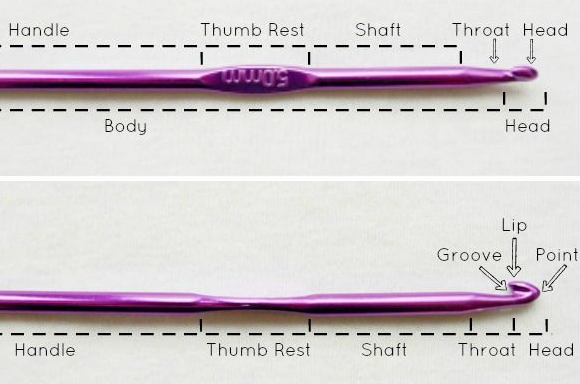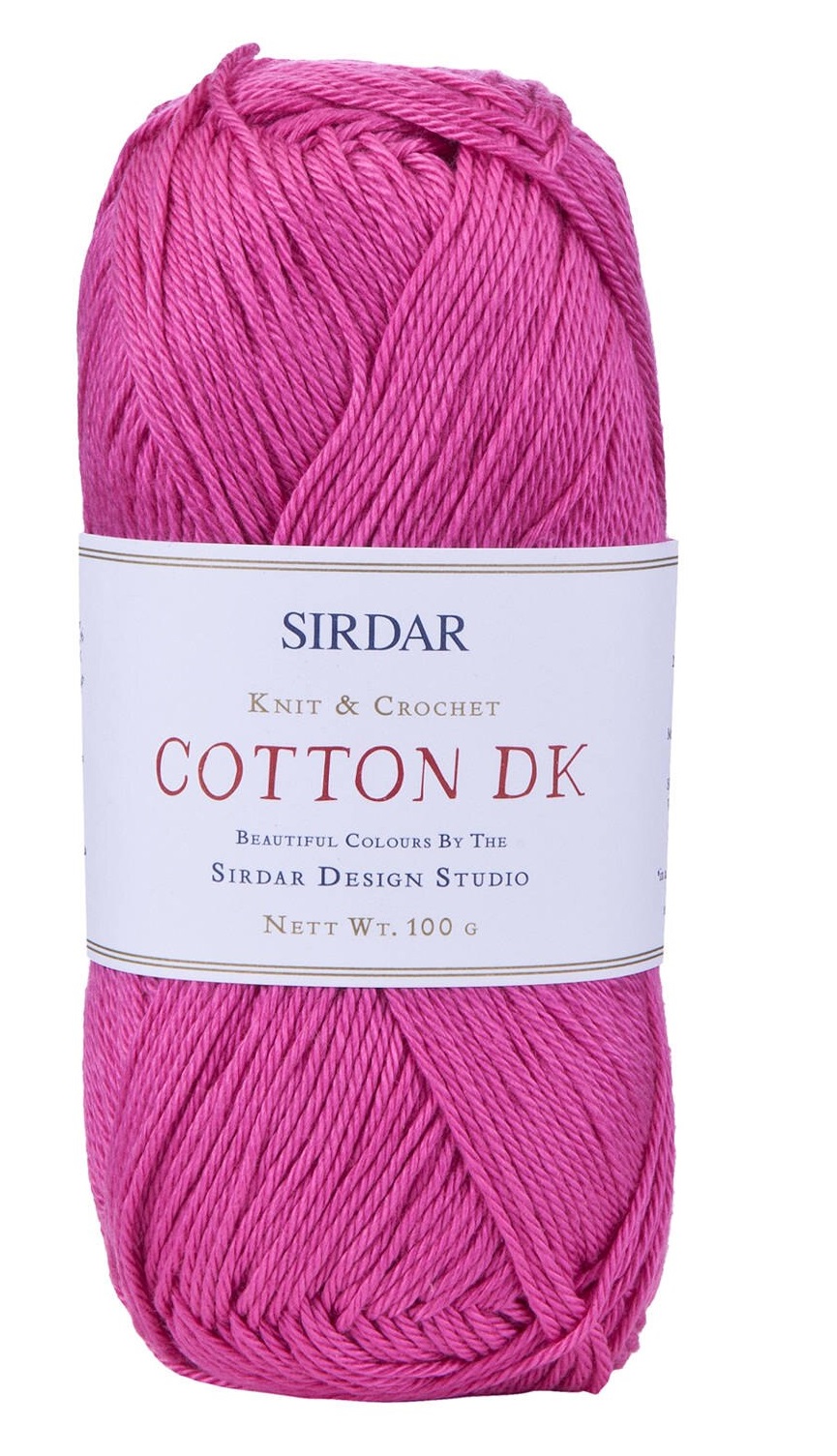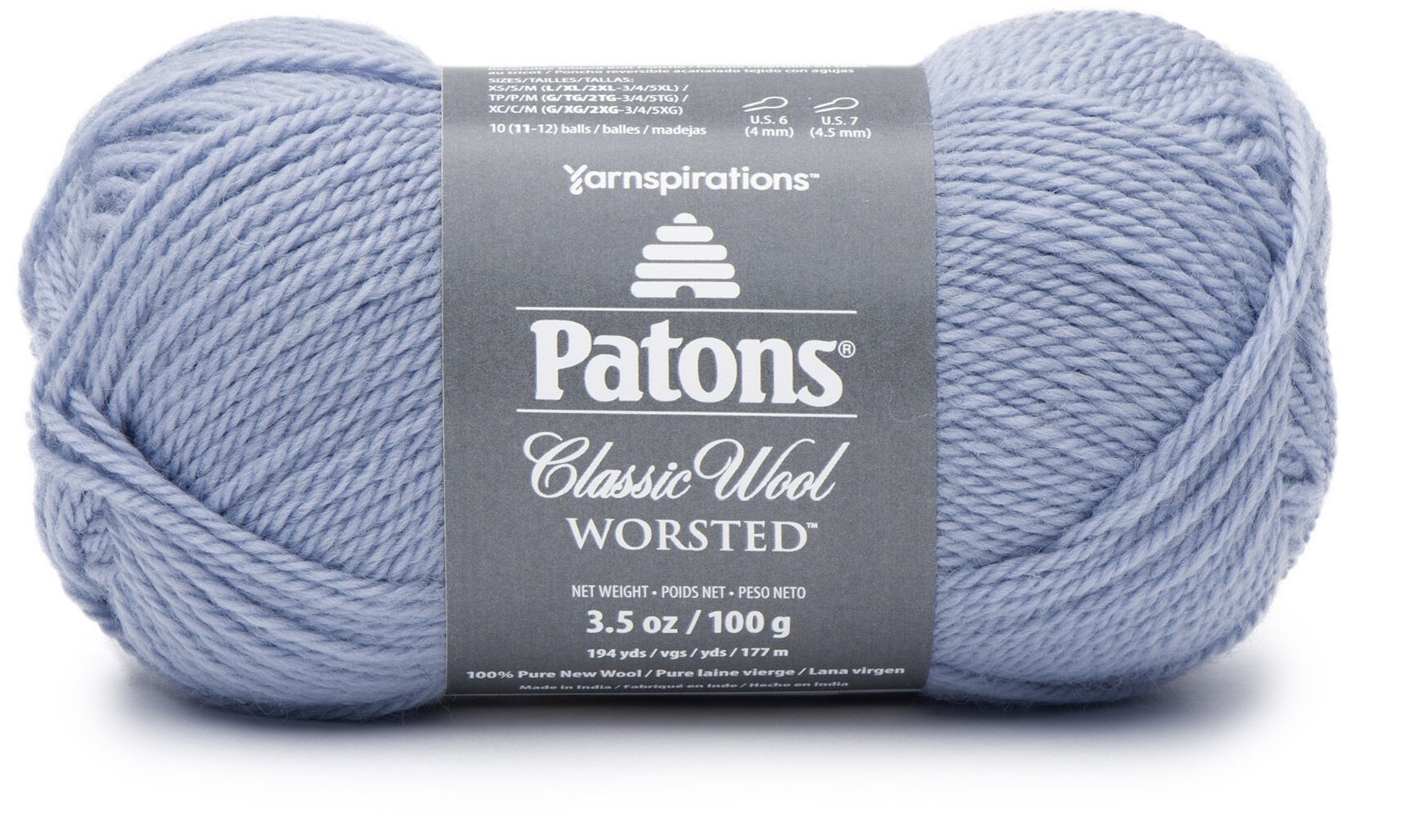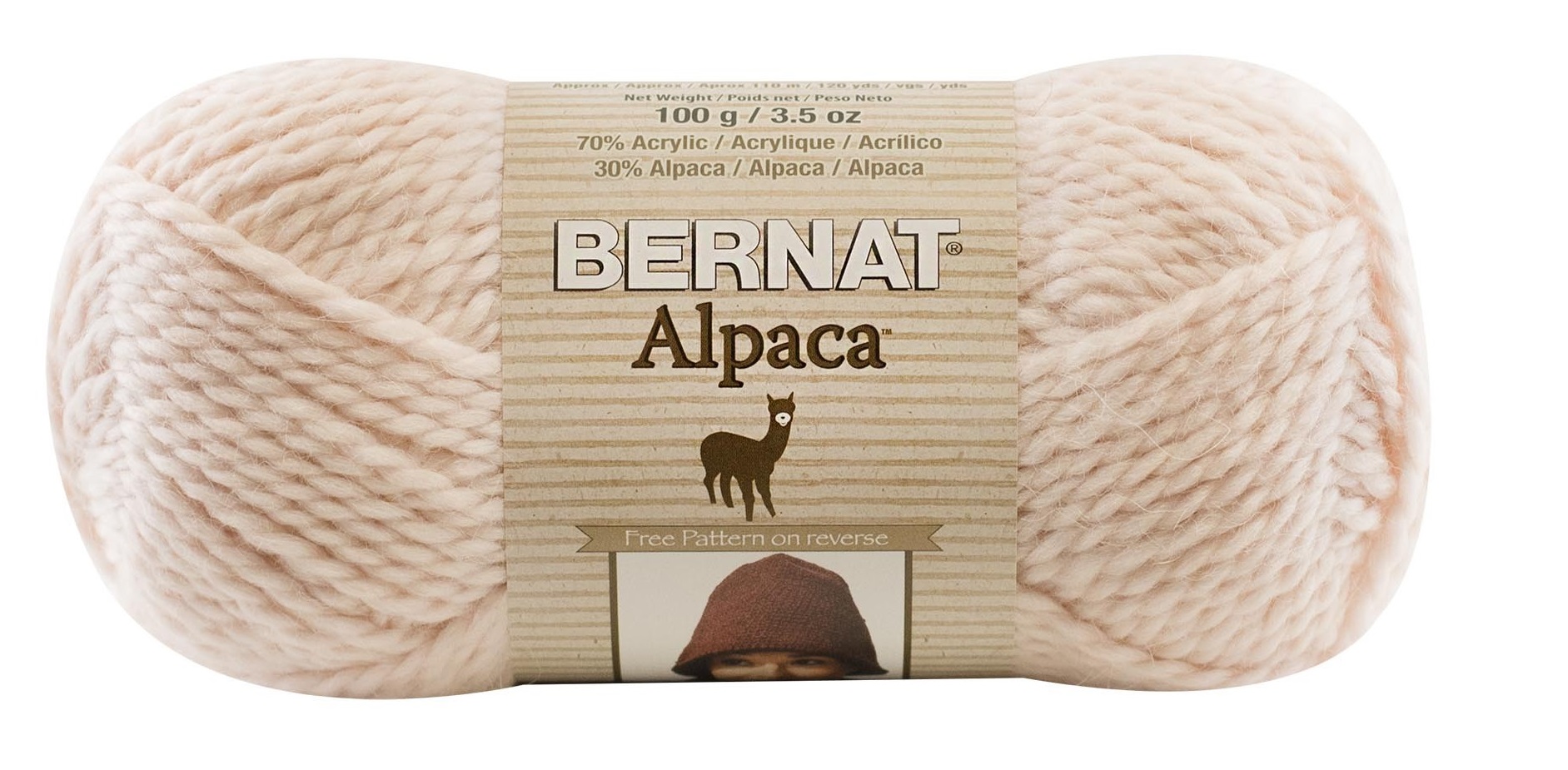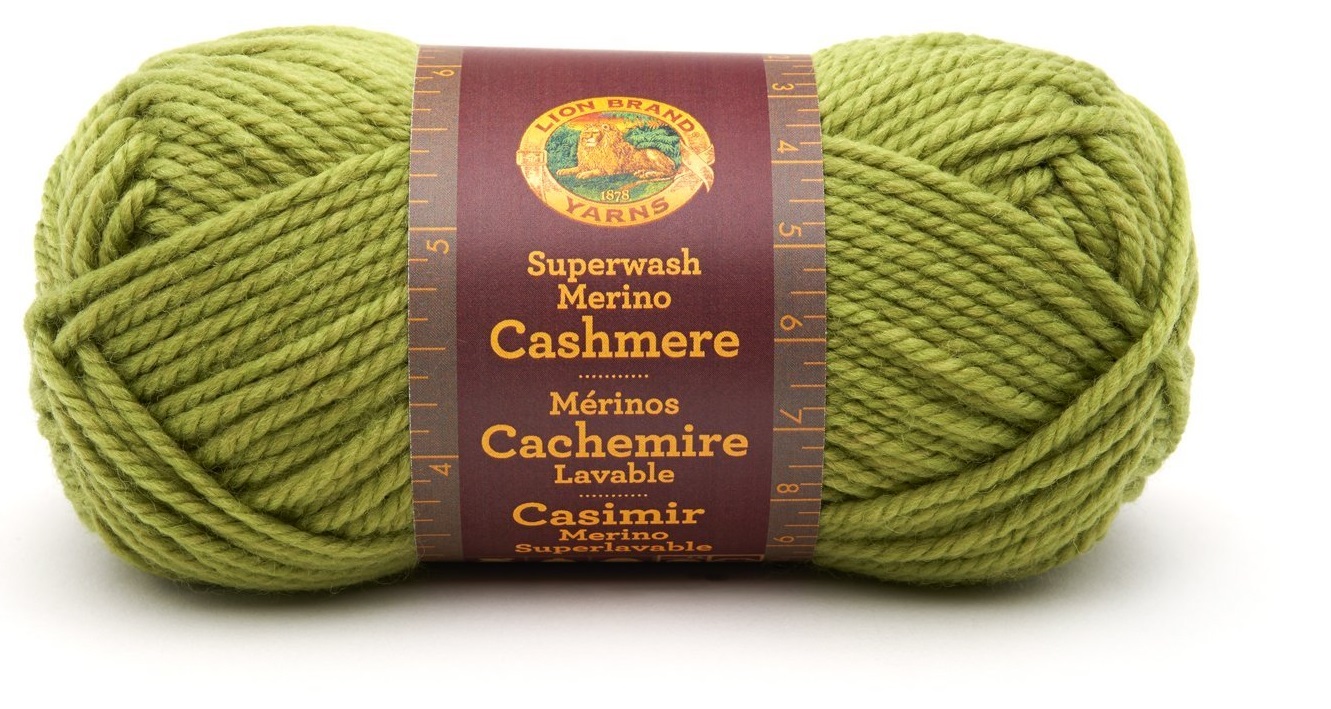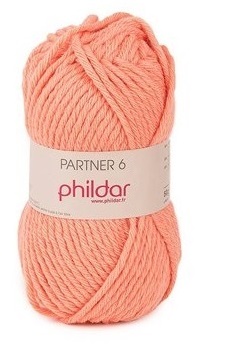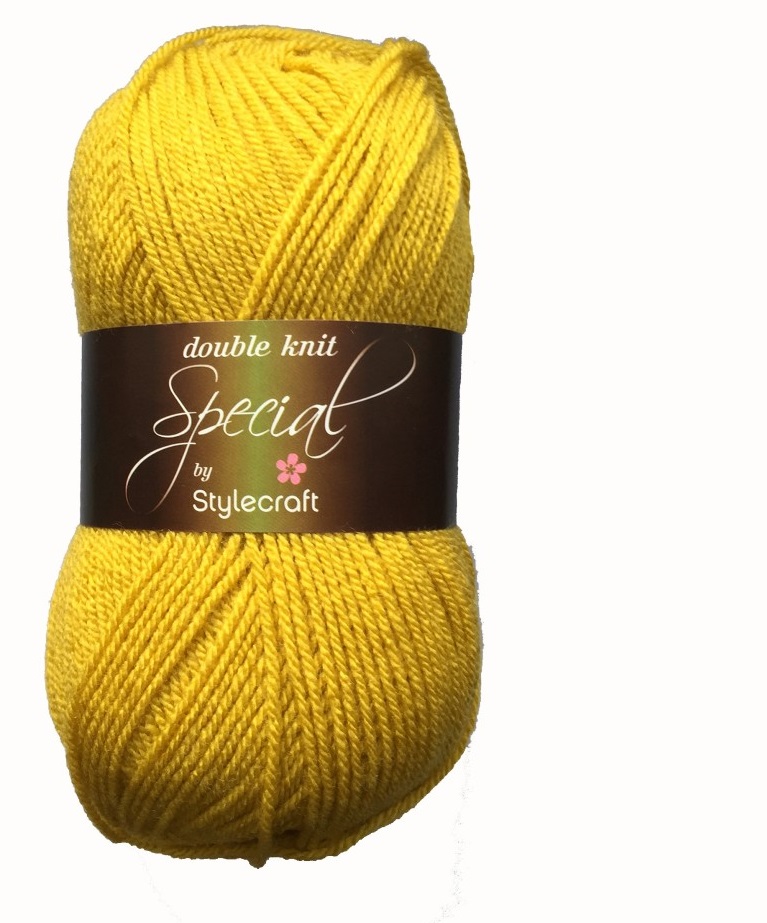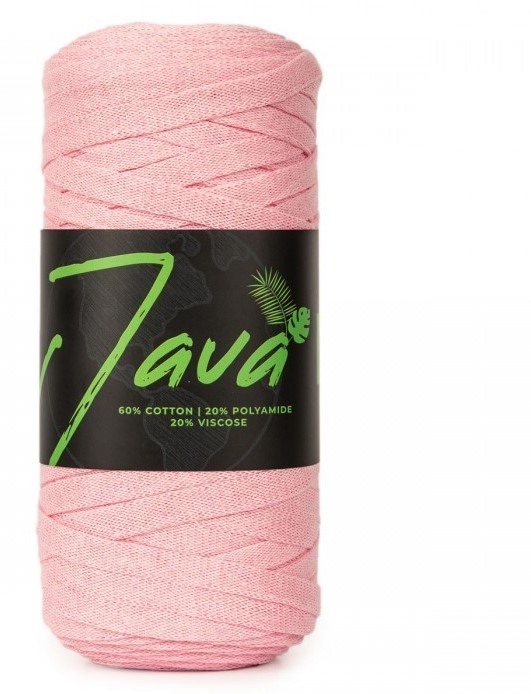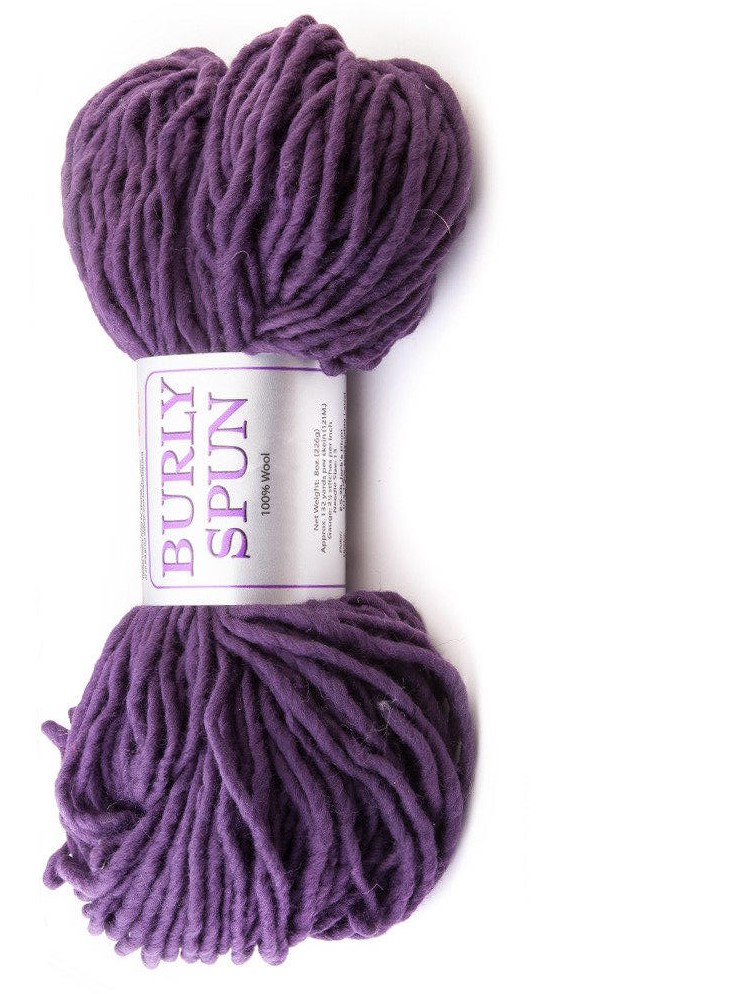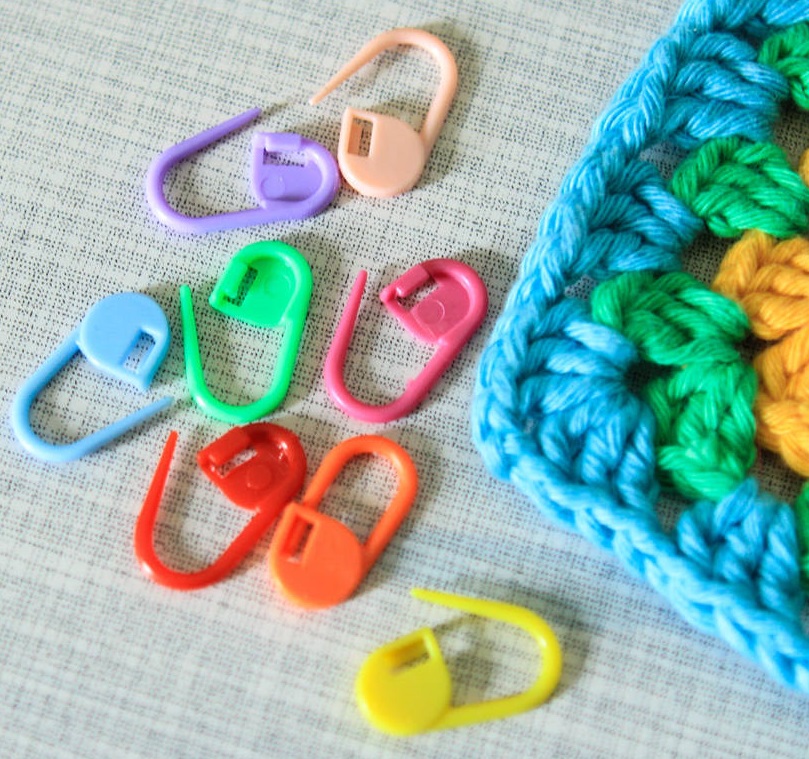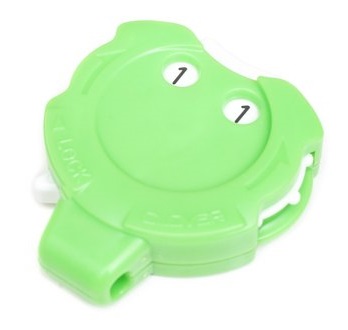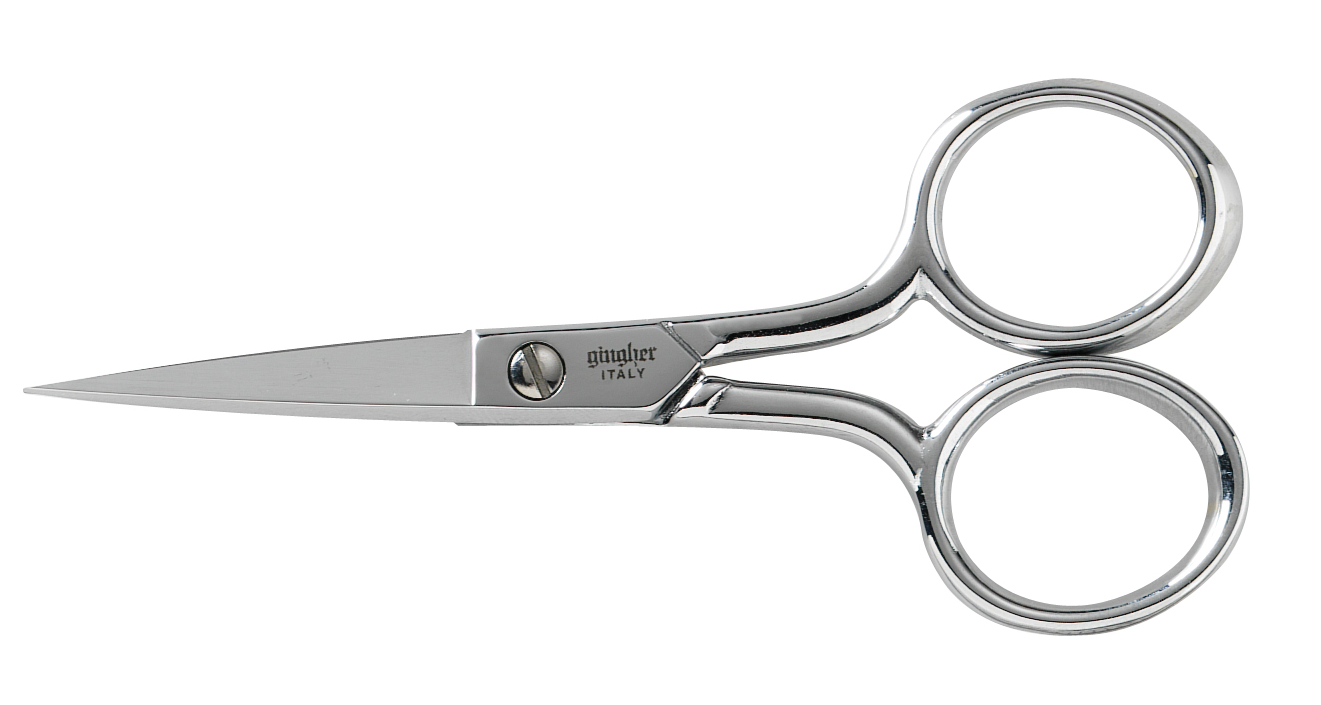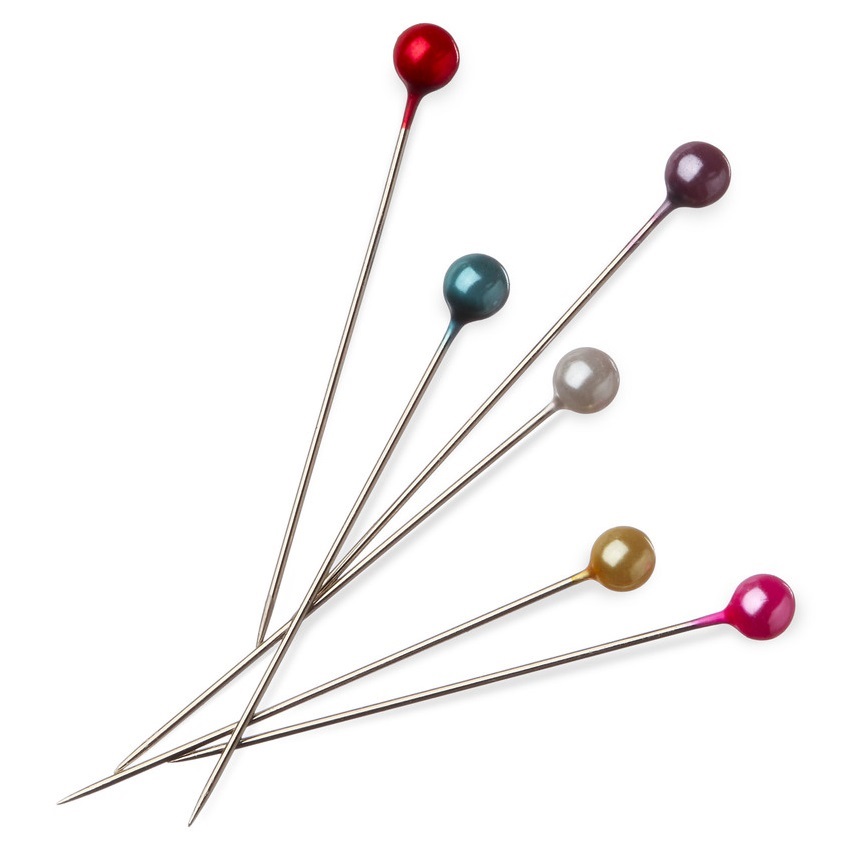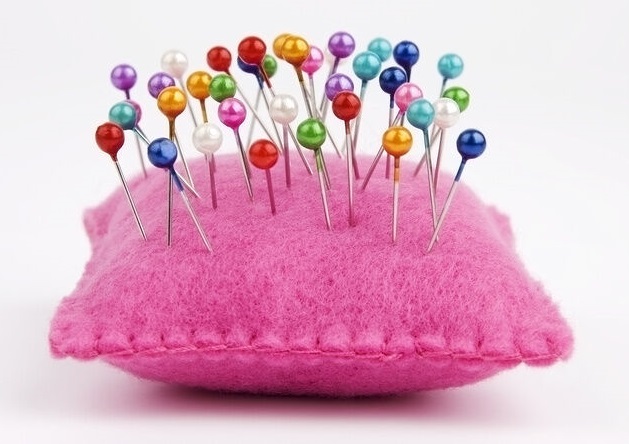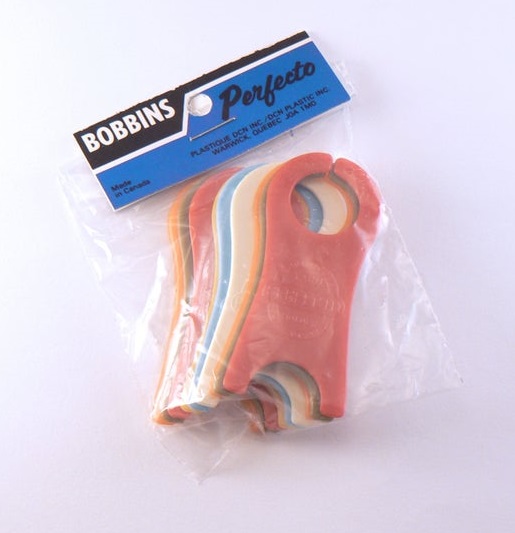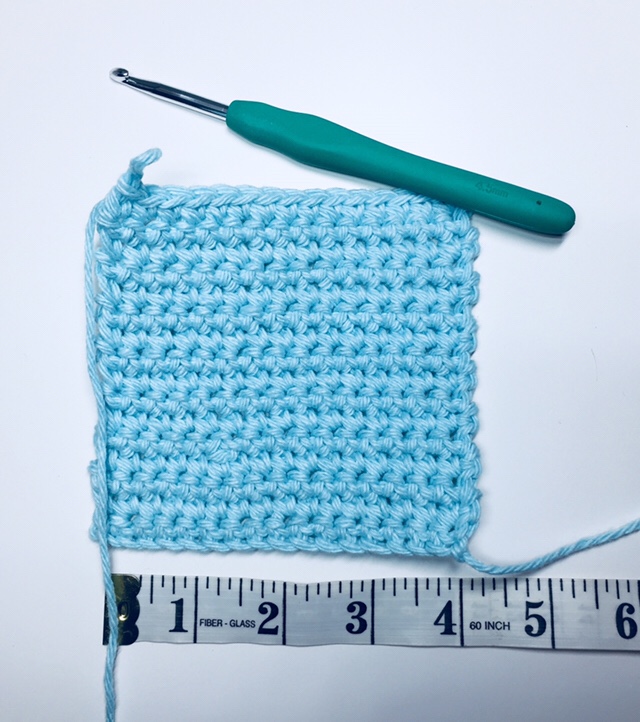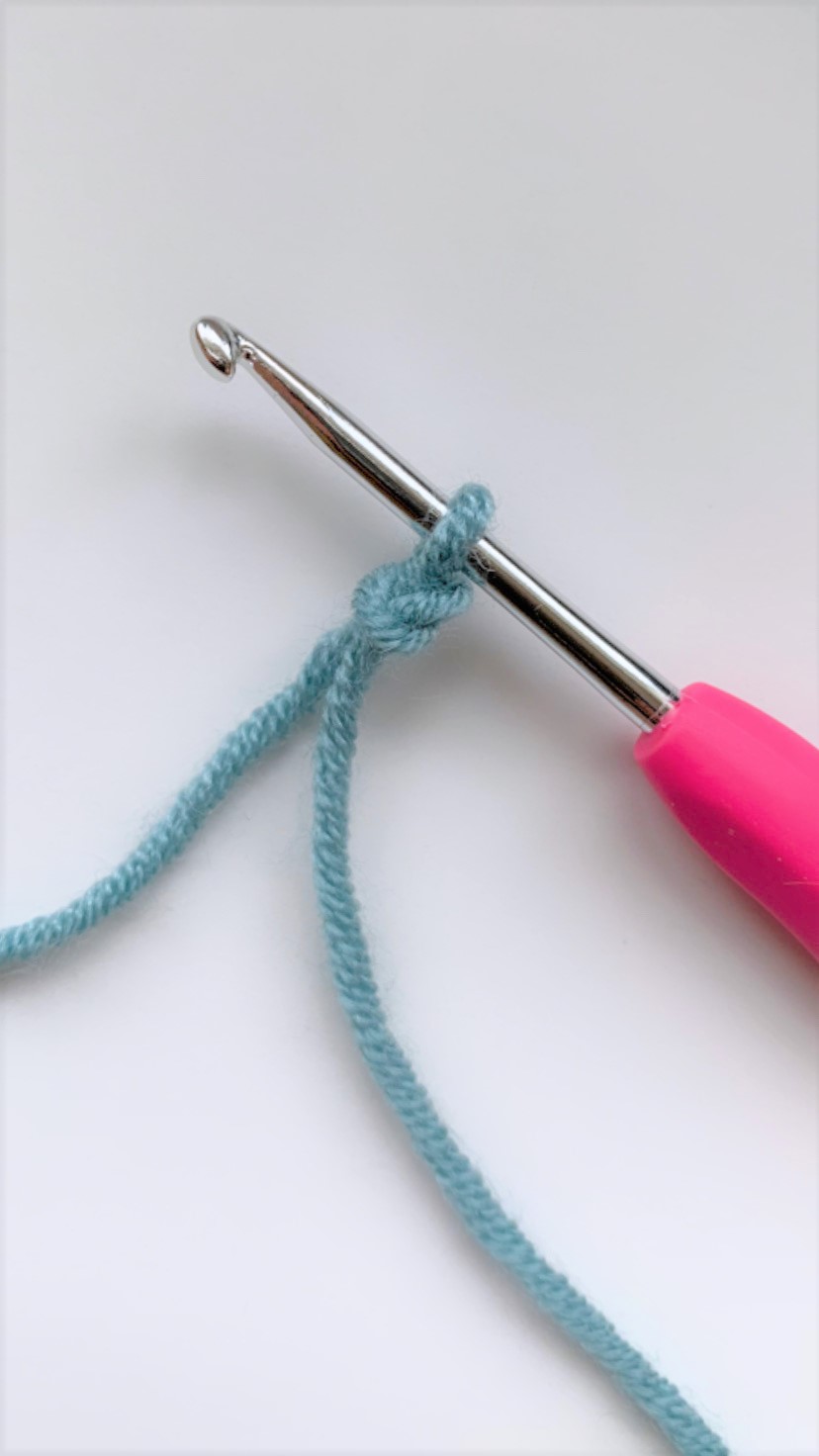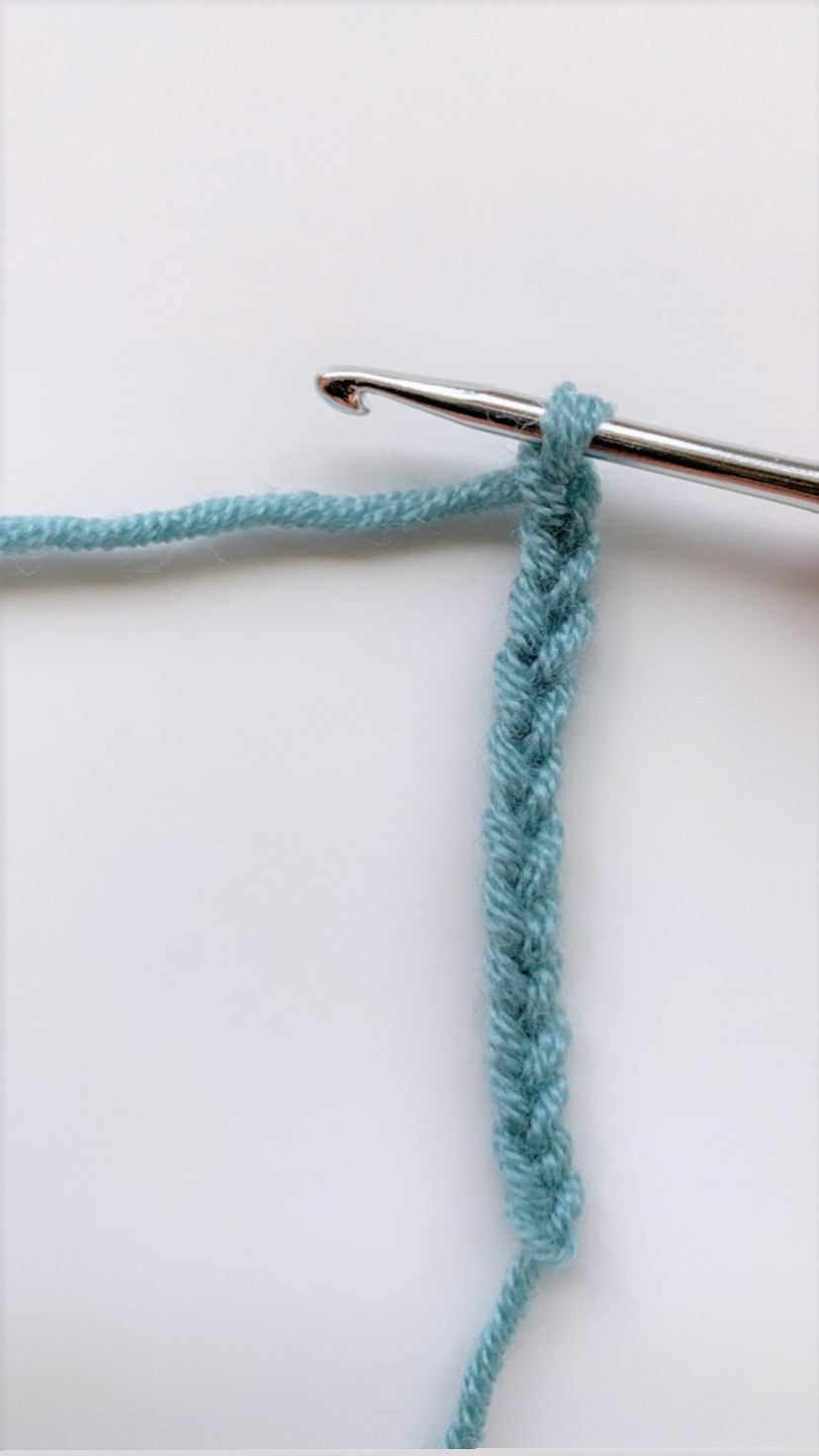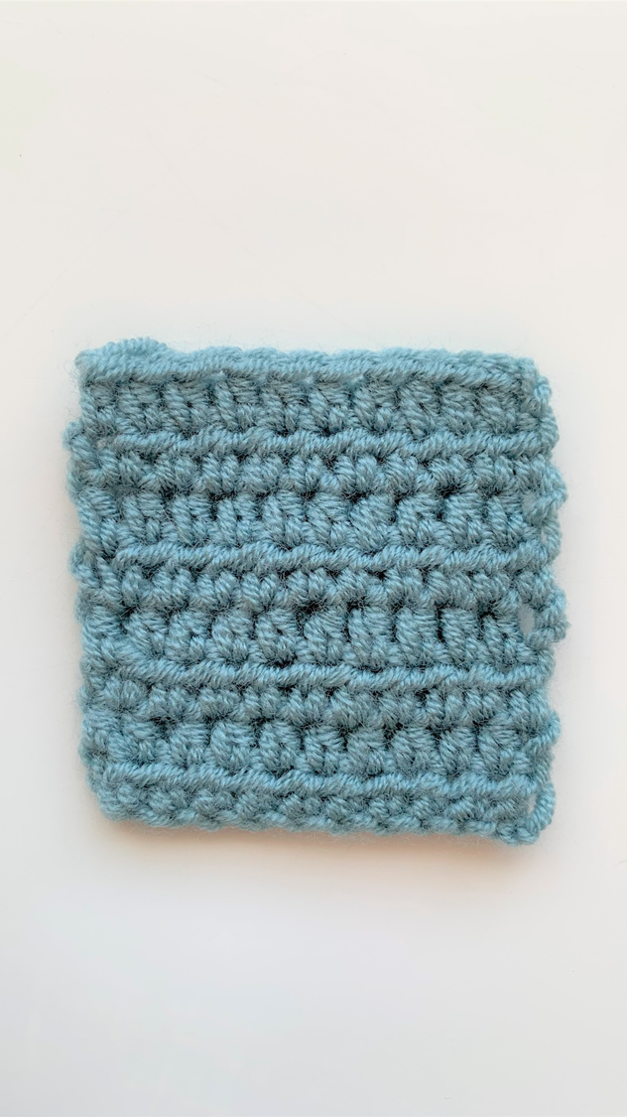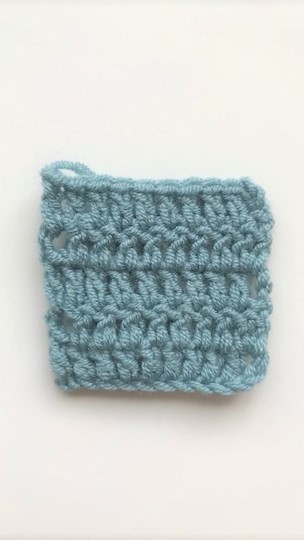Laura Wileys' Crochet Corner
EQUIPMENT REQUIRED
Crochet Hooks
Crochet hooks come in different sizes and styles, and can be made out of metal, wood or plastic.
The size of the hook is the diameter of the hook 'shaft', which determines the size of the crochet stitches. The hook 'lip' grabs the yarn to form the loops.
If you are just getting started, it's best to start with a standard metal 4mm hook.
Once you know how to work the basic stitches, try some other types of hooks to find the one that suits you best.
Anatomy of a crochet hook:
Yarns
Yarns can be made from all sorts of fibre that can be natural, synthetic or a blend of both.
Everything you need to know about a yarn is on its label (also known as a ball band), usually using a system of symbols. The information should include:
- Recommended crochet hook size
- Shade/colour number
- Dye lot number
- Fibre content
- Yarn weight and thickness
- Weight of yarn ball
NATURAL FIBRES
Cotton: A natural fibre very popular for crochet because its smooth texture gives good stitching definition, showing intricate patterns clearly. Cotton is breathable, robust, easy to wash and doesn't shed fibres easily, so it is great for homewares, gadget covers and bags.
Wool: A very warm and hard-wearing natural fibre produced from sheep's fleece, that can be pure or blended with other fibres. It will soften with wear. Wool is ideal for blankets, hats and gloves but bear in mind it can shrink when washing.
Alpaca: One of the warmest natural fibres, with a soft, luxurious fuzzy feel. Will not show precise stitch definition like cotton, but will give a softer look. Perfect for winter items.
Cashmere: An ultra-luxurious velvety-soft natural fibre spun from the hair of the goat. Often blended with other fibres to make it more affordable. Great for scarves, snoods or jumpers.
SYNTHETIC FIBRES AND YARN BLENDS
Nylon: A strong and lightweight synthetic fibre. As its man-made it improves washability of the fibres it is blended with, preventing shrinkage and felting. Its good for items subjected to heavy wear.
Acrylic: This synthetic fibre is cheap to manufacture and often comes in bright shades that are hard to create with natural fibres. It is robust and ideal for toys, novelty items and budget projects.
SPECIALITY YARNS
Ribbon: This yarn may come as a flat shape or be tubular, which becomes flat when wound into a ball. It shows great stitch definition and looks good with openwork stitch patterns.
Spun yarns: These yarns are loosely spun and are less dense than regular yarns. They prevent finished items from feeling heavy and ideal for jumpers and blankets.
Stitch Markers
These can be hooked onto your work to mark a specific row, stitch or the right side of your work.
Blunt-ended yarn needles
Used for sewing seams and darning in yarn ends. Ensure the eye of the needle is big enough for your chosen yarn.
Row counter
To keep track of where you are in your crochet. Change it each time you complete a new row.
Scissors
For cutting yarn and trimming off yarn ends.
Pins
Useful for seams and blocking.
Pin cushion
To store your pins safely.
Yarn bobbins
For holding short lengths of yarn for colourwork crochet.
ABBREVIATIONS
The below table shows the most common stitches and their abbreviations used in crochet patterns. Please note, some crochet terms are different in the UK and US so make sure you know whether its written in UK or US terms. This page uses UK terms.
UK Abbreviation | UK Term | US Abbreviation | US Term |
|---|---|---|---|
| ch | Chain stitch | ch | Chain stitch |
| ss | Slip stitch | ss | Slip stitch |
| dc | Double crochet | sc | Single crochet |
| htr | Half treble crochet | hdc | Half double crochet |
| tr | Treble crochet | dc | Double crochet |
| dtr | Double treble crochet | tr | Treble crochet |
| trtr | Triple treble crochet | dtr | Double treble crochet |
| qtr | Quadruple treble crochet | trtr | Triple treble crochet |
| quintr | Quintuple treble crochet | quadtr | Quadruple treble crochet |
| 2 dc in same st (can apply to htr, tr, dtr, etc.) | 1-stitch increase (two stitches in into same stitch) | 2 sc in same stitch (can apply to hdc, dc, tr, etc.) | 1-stitch increase (two stitches in into same stitch) |
| 3 dc in same st (can apply to htr, tr, dtr, etc.) | 2-stitch increase (three stitches into same stitch) | 2 sc in same stitch(can apply to hdc, dc, tr, etc.) | 2-stitch increase (three stitches into same stitch) |
| dc2tog (can apply to htr, tr, dtr, etc.) | 1-stitch decrease (two stitches together to merge) | sc2tog (can apply to hdc, dc, tr, etc.) | 1-stitch decrease (two stitches together to merge) |
| dc3tog (can apply to htr, tr, dtr, etc.) | 2-stitch decrease (three stitches together to merge) | sc3tog (can apply to hdc, dc, tr, etc.) | 2-stitch decrease (three stitches together to merge) |
| fptr | Front post treble crochet | fpdc | Front post double crochet |
| bptr | Back post treble crochet | bpdc | Back post double crochet |
| 2-, 3-, 4-, 5-, or 6-tr shell | Shell, made with 2. 3. 4. 5, or 6 treble crochet stitches worked into same stitch | 2-, 3-, 4-, 5-, or 6-dc shell | Shell, made with 2. 3. 4. 5, or 6 double crochet stitches worked into same stitch |
| 2-, 3-. 4-. 5-. or 6-tr cluster | Cluster, made with 2. 3. 4. 5, or 6 treble crochet stitches that are joined at top | 2-, 3-, 4-, 5-, or 6-dc cluster | Cluster, made with 2. 3. 4. 5, or 6 double crochet stitches that are joined at top |
| 3-, 4-, 5-tr bobble | Bobble, made with 3, 4, or 5 trebles worked into the same place and joined at top | 3-, 4-, 5-dc bobble | Bobble, made with 3, 4, or 5 doubles worked into the same place and joined at top |
| 3-, 4-. 5-tr popcorn | Popcorn, a bobble variation made with 3, 4, or 5 trebles | 3-, 4-, 5-dc popcorn | Popcorn, a bobble variation made with 3, 4, or 5 doubles |
| 3-, 4-, 5-ch picot | Picot, made with 3, 4, or 5 chain stitches | 3-, 4-, 5-ch picot | Picot, made with 3, 4, or 5 chain stitches |
| Abbreviation | Term |
|---|---|
| alt | alternate |
| beg | begin(ning) |
| cont | continu(e)(ing) |
| dec | decreas(e)(ing) |
| facing | facing towards you as you are working |
| fasten off | cut the yarn and draw it through the working loop to secure it |
| foll | follow(s)(ing) |
| foundation chain | the base of chain stitches that the first row is worked into |
| foundation row | the first row of crochet (the row worked into the foundation chain) |
| inc | increas(e)(ing) |
| miss / skip a stitch | do not work into the stitch, but go on to the next stitch |
| patt(s) | pattern(s) |
| rem | remain(s)(ing) |
| rep | repeat(s)(ing) |
| RS | right side |
| sp | space(s) |
| st(s) | stitch(es) |
| TBL | through back loop |
| TFL | through front loop |
| tog | together |
| turning chain | the chains worked at the beginning of the row (or round) to bring the hook up to the correct height for working the following stitches in the row |
| WS | wrong side |
| yrh / yo | yarn round hook (yarn over in US) |
| * | repeat instructions after asterisk, or between asterisks, as instructed |
YARN WEIGHT CHART
Yarn 'weight' refers to its thickness. The table below shows which range of hook sizes is recommended for each weight category of yarn.
What do you want to crochet? | Yarn Weight | Hook size to use |
|---|---|---|
| Lace | 2-ply Lace Fingering | 1.5mm 1.75mm 2mm 2.25mm |
Baby wear Shawls | 3-ply Superfine Fingering Baby | 2.75mm 3mm 3.25mm |
Baby wear Lightweight clothing Accessories | 4-ply Fine Sportweight Baby | 3.25mm 3.5mm 3.75mm |
Clothing Lightweight scarves Blankets Toys | Double-knit (DK) Light worsted 5-6 ply | 3.75mm 4mm 4.5mm |
Blankets Hats Thick scarves Mittens | Aran Medium Worsted Afghan 12-ply | 5mm 5.5mm |
Rugs Jackets Blankets Legwarmers Winter hats Accessories | Chunky Bulky Craft Rug 14-ply | 6mm 6.5mm 7mm 8mm |
Heavy blankets Rugs Very thick scarves | Super bulky Super chunky Bulky Roving 16-ply + | 9mm 10mm |
UNDERSTANDING TENSION
Tension describes the stitch size, and affects how large or small your finished crochet piece will be.
Tension depends on yarn thickness, hook size and how tight or loose you crochet.
You should not amend your tension by changing how tightly you crochet. You should amend your tension by changing the size of the hook.
At the beginning of a pattern it will tell you the number of stitches needed in a given area, usually 10cm wide. For example, 17 htr to 10cm.
You should make a sample of the pattern you are following, to ensure you acheive the correct tension. If you have more stitches than recommended you will need a larger hook. If you have fewer stitches than recommended, you will need a smaller hook.
LESSONS
PATTERN SHARING
Share your Covid-19 creations here!
Email Laura.wiley@york.ac.uk or Ailish.byrne@york.ac.uk to have your makes uploaded.
